Why Restorative Justice?
Learning who we are in relationship with others and the unique gifts we all bring to the collective are the heart of education.
Why Restorative Justice?
Described as a ‘reentry back to our humanity,’* restorative justice was recently popularized in Western approaches to criminal justice reform. However, it has deep roots in global Indigenous forms of peacekeeping and ways of being. Restorative justice looks at the world through the lens of relationships in terms of their depth, quality, and breadth—and how they ripple out into the community and beyond. In this way, pain or, alternately, healing spread from one relationship to another in an ever-expanding ring of disharmony or harmony.
When I encountered restorative justice several years ago and read the 7 Core Principles of Restorative Justice, it was as if I’d been hit by a thunderbolt. I felt as if I were reading a holy book. What if we managed to live according to these principles? What could we be and accomplish together?
The true self in everyone is good, wise, and powerful.
The world is profoundly interconnected.
All human beings have a deep desire to be in a good relationship.
All humans have gifts, everyone is needed for what they bring.
Everything we need to make positive change is already here.
Human beings are holistic.
We need practices to build habits of living from the core self.
From “Circle Forward: Building a Restorative School Community”
By Carolyn Boyes-Watson and Kay Pranis.
Schools & Restorative Justice
While working as a Restorative Facilitator in a high-needs, traditional school, I saw how limited my impact was amidst the onslaught of judgment, hiding, apathy, cliques, lack of connection, coercion, and hierarchies that define many modern, mainstream schools.
Decades of research informs us that for actual culture-shifting to occur, the shift towards prioritizing relationships must be within and between every facet of a school community. Further, the community itself must find a way to align itself to the principles above so that it can begin to move toward harmony.
The seven principles are a map to a different way of being together.

